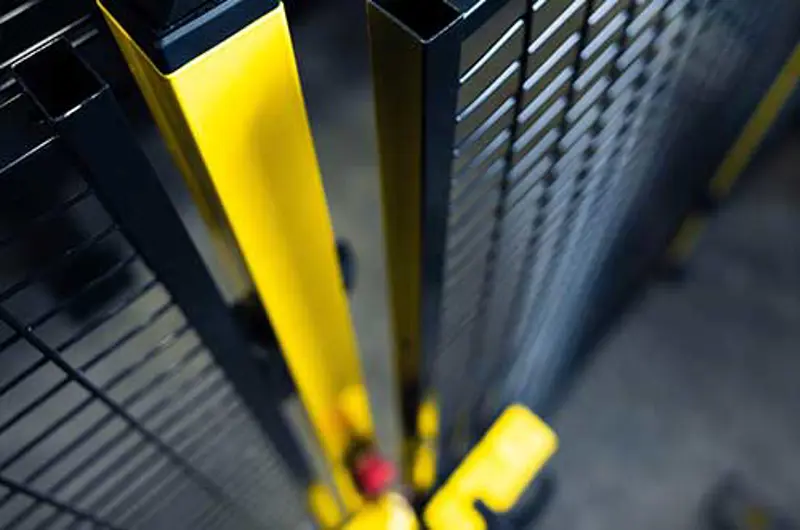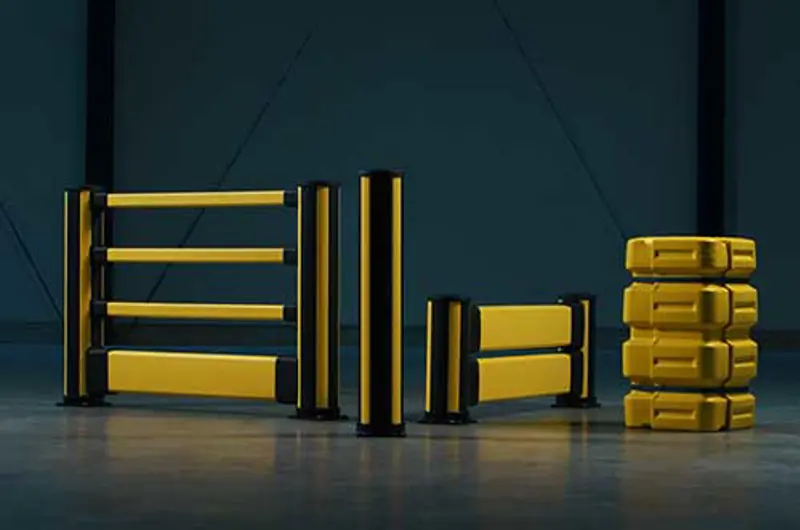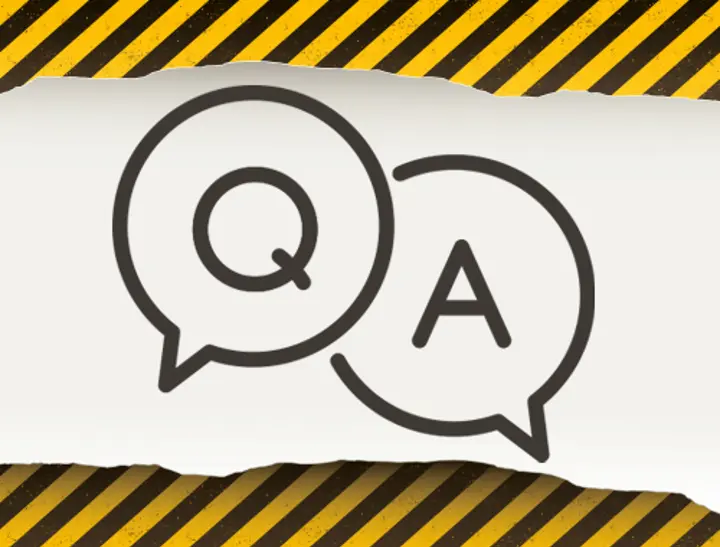-
Protezioni per macchine

Protezioni per macchine
Axelent è uno dei maggiori produttori di ripari per macchine sul mercato. Forniamo sistemi completi e conformi alle direttive e alle norme vigenti.
-
Magazzino
Axelent è uno dei maggiori produttori di pannelli in rete per industrie e magazzini esistenti sul mercato
Axelent è uno dei maggiori produttori di pannelli in rete per industrie e magazzini esistenti sul mercato. I nostri prodotti e sistemi sono sinonimo di soluzioni versatili e facili da montare in ogni fase, dalla progettazione all'installazione del prodotto finito.
Separare pareti e soluzioni di gabbia
Prevenzione della caduta di merci - scaffalature portapallet
Corrimanto anti-caduta
Scaffalatura in rete
-
Impatto

Protezione dagli impatti
Questa è la nostra gamma di prodotti per la protezione dagli impatti. Abbiamo una gamma completa, dai dissuasori alle barriere pedonali e altro ancora.
-
Passerelle portacavi
X-Tray è il sistema di canaline portacavi di Axelent.
X-Tray è il sistema di canaline portacavi di Axelent. Ha la gamma più ampia del mercato, sia in termini di materiale che di funzionalità. Dal 1° settembre 2022, X-Tray viene prodotto, stoccato e venduto tramite Axelent Wire Tray.
-
Proprietà
Soluzioni complete per la tua proprietà e i portabiciclette, dal primo contatto all'installazione finita
Offriamo una vasta gamma di ripostigli e portabiciclette. Rivolgendoti a noi, puoi trovare un fornitore completo per questi prodotti.
Sistema di magazzini






